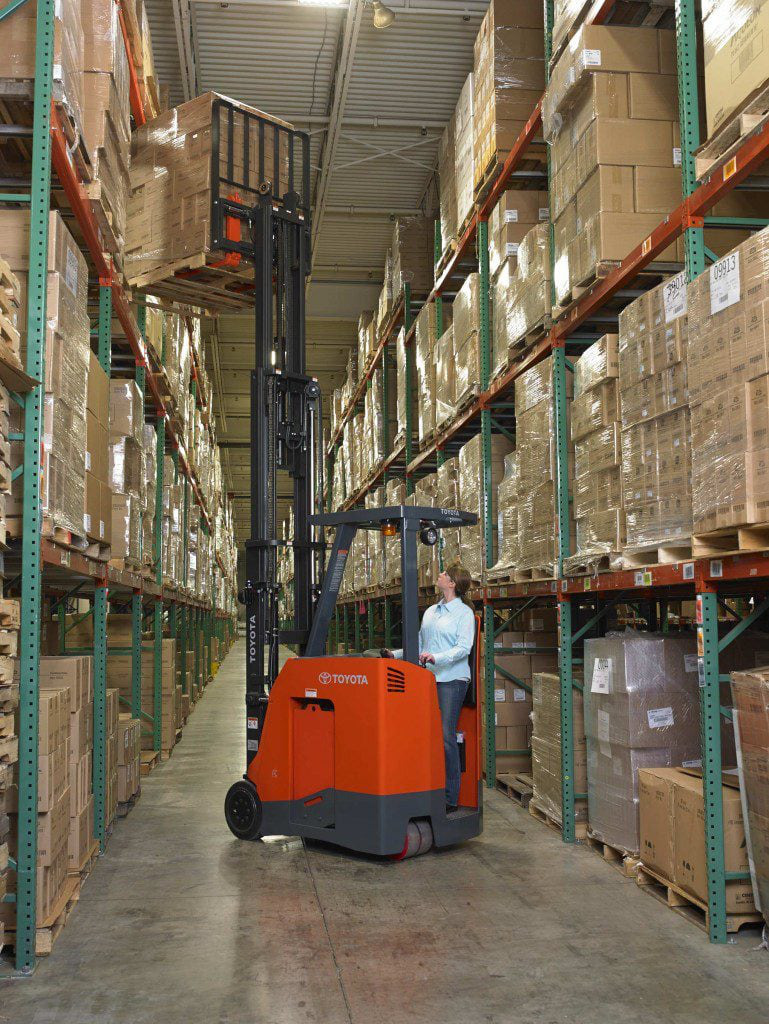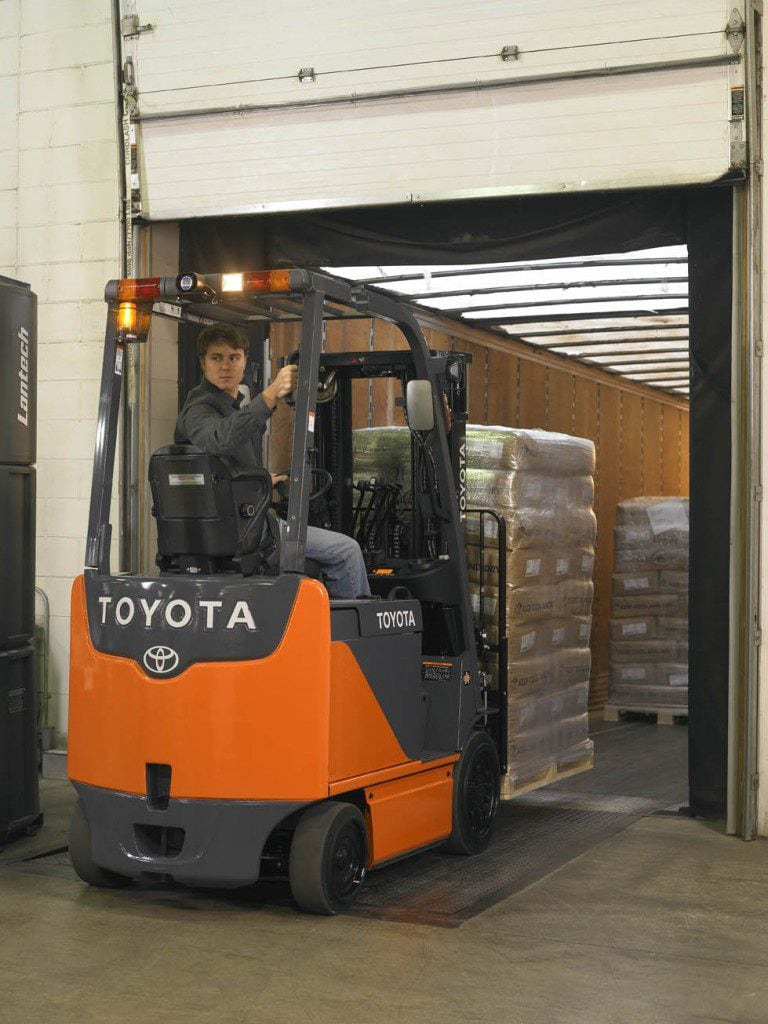Why Forklift Ergonomics Are Crucial for Operator Safety

Forklift ergonomics have to do with operator comfort, but the heart of the issue is how the ergonomics of industrial trucks affect forklift operators’ long-term health and productivity. Full-time forklift operators are typically seated all day, except for when they’re climbing in and out of the truck. Beyond the sitting and climbing, there’s the bending and twisting required when backing up. Furthermore, bumps and jolts can be detrimental to an operator’s musculoskeletal system.
Of course, as technology advances and awareness increases, manufacturers are improving forklift ergonomics through various design enhancements. The responsibility for operator health lies with employers as well as operators. Both need to be intelligent about the ways in which operators interact with the truck and the way the workplace environment affects the comfort and safety of forklift operators and all personnel.
Ergonomic Features on Forklifts
Manufacturers have improved ergonomics through better suspension on trucks, which softens the impact of bumps and reduces stress on operators. This stress, or lack thereof, adds up over time. Whereas forklifts with poor ergonomic design can cause poor posture or repetitive strain,well-designed ergonomics help protect the driver from injuries such as back and neck problems. As a result, ergonomic features — such as adjustable seats that can swivel, seat-side hydraulic controls or mini-levers, rear assist grips with horn button, and tilting steering columns — are now commonly found on Toyota forklifts.
How can you make forklifts more comfortable?

Operators can take better care of their bones and muscles by taking a few simple measures.
- Drive slower. Bumps will become less jarring, as will braking.
- Stretch and take breaks. Doing both before and during a shift will go a long way to prepare the body for the demands of extended forklift usage.
- Remove your wallet from your back pocket. A bulging wallet throws off your posture, putting pressure on the spine, which can lead to back pain.
- Customize the forklift’s adjustable features. Security and comfort ensure less strain on the body.
- Wear a seatbelt. The most secure way to protect yourself from exiting the forklift in the case of an accident.
- Reduce vibrations by lowering your speed. A forklift seat with air suspension reduces vibrations while driving on uneven concrete and rough terrain.
Importance of Forklift Ergonomics in the Long Term
While these procedures are the responsibility of the operator to carry out, it’s clear that enacting them will—to a large degree—depend on management. Employers generally understand that they need to emphasize employee safety as priority number one. We could say that safety goes before productivity, but it’s more accurate to say that the two are inseparable. Injuries, while tragic, are also an interruption to work days, and they sideline valuable employees. Most everyone knows this already. However, what many don’t realize is that the demands of forklift operation over time can really tax the body, and the most experienced operators have likely endured the greatest stress. The best way to ensure longevity is to:
- Smooth out the bumps
- Establish a speed limit for forklifts
- Make sure operators are getting adequate breaks
- Purchase ergonomically designed forklifts
- Install ergonomic accessories (better seats, rear assist grips, etc.)
- Make sure all forklift operators are wearing seat belts
